Although not too magnificent or noisy, the history, scenery and peace of this third oldest town in Finland are enough to turn it into a "treasure" of Northern Europe.

A corner of Rauma.
Visit Rauma
Rauma started out as a fishing village on the Baltic coast. It later became famous for its lacemaking and papermaking. Today, the town relies on two main industries: tourism and electricity generation at the Olkiluoto nuclear power plant. Like many other parts of Finland, the people of Rauma are doing everything they can to preserve their traditional values in the face of rapid integration and globalization.
There are two airports near Rauma, in the cities of Pori and Turku, but the best way to save time is to fly into the capital Helsinki and then take a bus or train to Rauma. Another thing tourists should be aware of is that Rauma people have a very distinctive accent, which can be difficult for foreigners, even if they know Finnish. Fortunately, most people living in the town can communicate in English.
Rauma's old town has the largest number of wooden houses in the Nordic countries. The oldest house here dates back to the 17th century. Over the centuries of construction, many different architectural styles have coexisted in Rauma. Strollers can find a Danish-style house with yellow walls and a tiled roof in the middle of a row of Nordic-style wooden houses with red-plank walls and corrugated iron roofs.
What the houses in Rauma have in common is that each has its own name, and on the window sill there is a small dog statue. If the dog's nose is pointing towards the house, it means the owner is home, if it is pointing away, it means the owner is away.
The Church of the Holy Cross in Rauma was originally a Franciscan monastery built in the 15th century on the banks of the Raumanjoki River. After the nearby Trinity Church burned down in 1640 (now a famous ruin in Rauma), the monastery was converted into a church.
Unlike many other buildings in Rauma, the Church of the Holy Cross is built of stone. In particular, the bell tower was built of stone taken from the ruins of the Trinity Church. The Church of the Holy Cross is also famous for its interior frescoes dating from the early 16th century.
If you want to learn about Rauma’s maritime heritage, head to the Maritime Museum on Kalliokatu Street. The museum has a large collection of Finnish and Nordic fishing and boatbuilding artifacts. The museum also regularly hosts exhibitions andeducational events on contemporary maritime topics.
Near the Rauma Maritime Museum is the Marela Museum. This private museum was originally the home of a shipowner who lived in the 20th century, the heyday of the Rauma Maritime Industry. Not far from Marela is the old Kirsti house, which has been turned into a “living museum” that recreates the daily life of the people of Rauma in the 19th and 20th centuries.
The Rauma Water Tower is also a popular tourist destination. This structure was formerly a watchtower and has a panoramic view of the entire town and the surrounding land. Apart from the Rauma Water Tower, the only other place that offers such a beautiful view is the Kiikartorni Tower. This wooden tower was inaugurated in 1892 to help the Rauma Port Authority communicate with ships at sea using flags and lights. Whether visiting the Rauma Water Tower or the Kiikartorni Tower, visitors should choose to visit at sunset to enjoy the most beautiful view of the town.
The Sammallahdenmäki World Heritage Site is located about 18km from the centre of Rauma. It was originally a cemetery during the Bronze Age (1500 - 500 BC). After burying their loved ones, ancient people would pile up stones on the graves to mark them.
Sammallahdenmäki has 36 such tombs, all of which are almost perfectly preserved, a rarity in northern Europe. The most famous tomb, called Huilu, is over 20m long and 3m wide and is believed to have belonged to a chieftain or powerful figure. Visitors can easily spend a whole morning visiting all 36 tombs, while enjoying the fresh air of the surrounding forest.
Enjoy life
When talking about Rauma cuisine, it is impossible not to mention lapskoussi - a porridge made from boiled and mashed beef, potatoes, carrots, turnips and onions. When eating, people put a slice of butter on top to melt. Lapskoussi was the main dish of ancient sailors when they were at sea. Rauma also has its own cocktail called puksprööt.
To make puksprööt, white wine is mixed with wine made from rowan berries and juniper leaves. The taste of puksprööt is memorable after just one sip, but not everyone gets used to it, so you can replace the rowan berry wine with gin.
Rauma hosts a number of festivals throughout the year, the most notable being the midsummer festival Sieravuoren Juhannus. The festival starts at dusk on a June day, after which young people take to the streets to dance to electronic music. Sieravuoren Juhannus is followed by two other music festivals, Rauma Blues (jazz) in July and Klustermus (underground rock) in August.
Visitors who want to learn about Rauma’s traditional lacemaking should visit the town during the last week of July, when Lace Week takes place. Various events are held to introduce visitors to the history and processes of lacemaking.
Every two years, the lace week falls in the middle of the Rauma Biennale Balticum. The Biennale Balticum is a showcase of art from the Baltic countries. Visitors to Rauma during this time will not only learn about the local lacemaking but also other Nordic crafts.
Source


![[Photo] The Government Standing Committee works with ministries and branches on the real estate market situation.](https://vphoto.vietnam.vn/thumb/1200x675/vietnam/resource/IMAGE/2025/5/24/e9b5bc2313d14c9499b8c9b83226adba)
![[Photo] Ho Chi Minh City holds funeral for former President Tran Duc Luong](https://vphoto.vietnam.vn/thumb/1200x675/vietnam/resource/IMAGE/2025/5/24/9c1858ebd3d04170b6cef2e6bcb2019e)




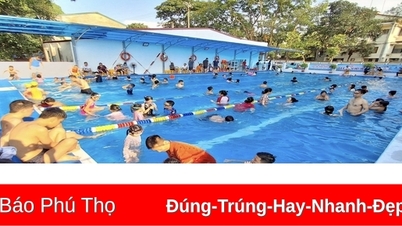

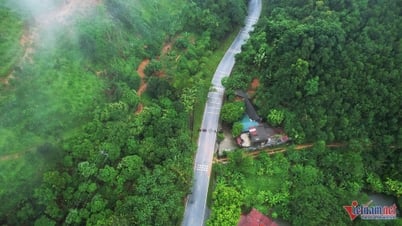



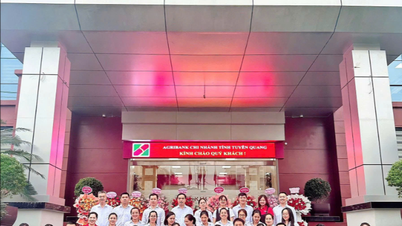

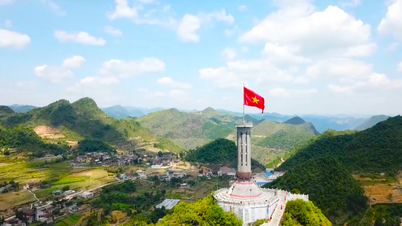

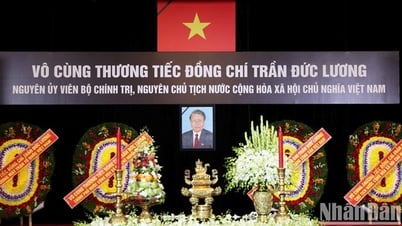
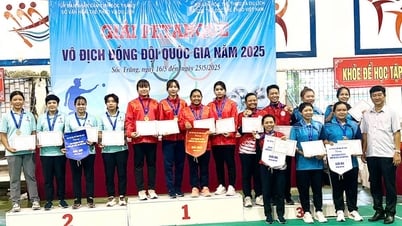
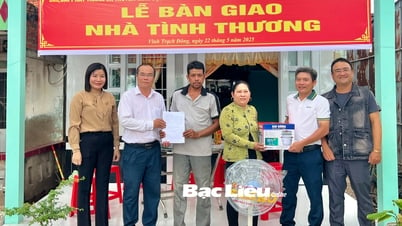
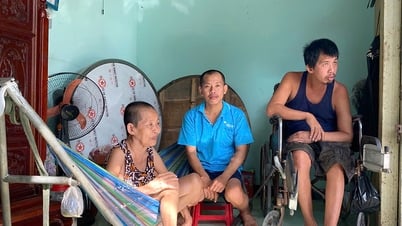
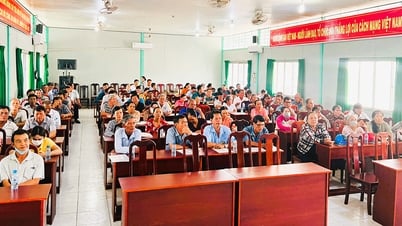







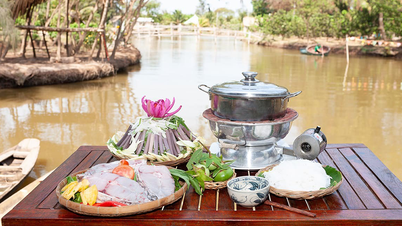
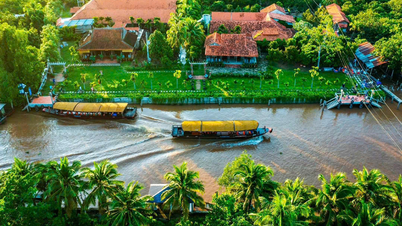
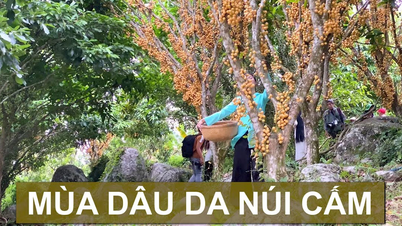


![[Photo] Party and State leaders visit former President Tran Duc Luong](https://vphoto.vietnam.vn/thumb/1200x675/vietnam/resource/IMAGE/2025/5/24/960db9b19102400e8df68d5a6caadcf6)










































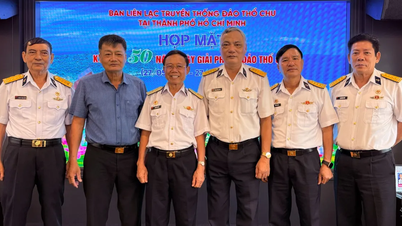



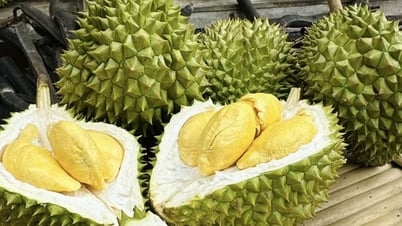

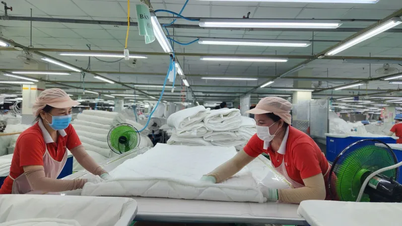
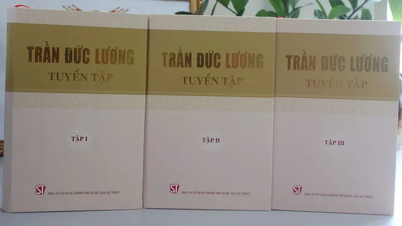
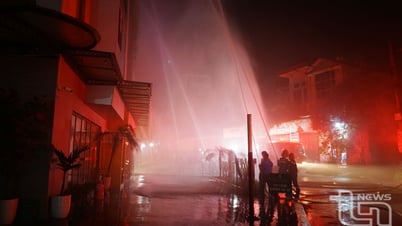












Comment (0)